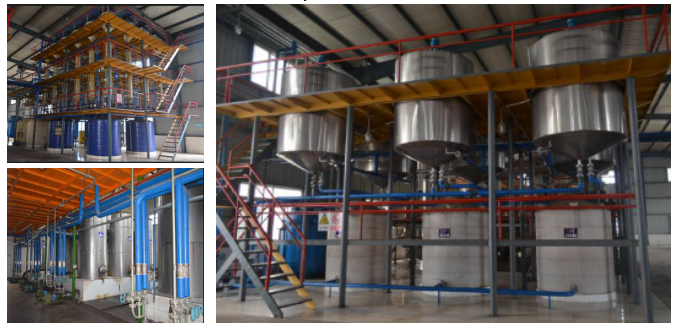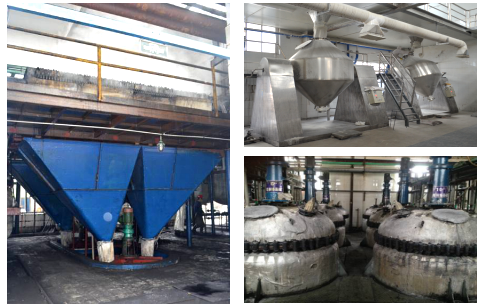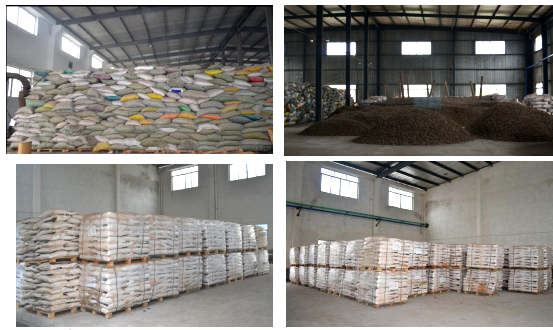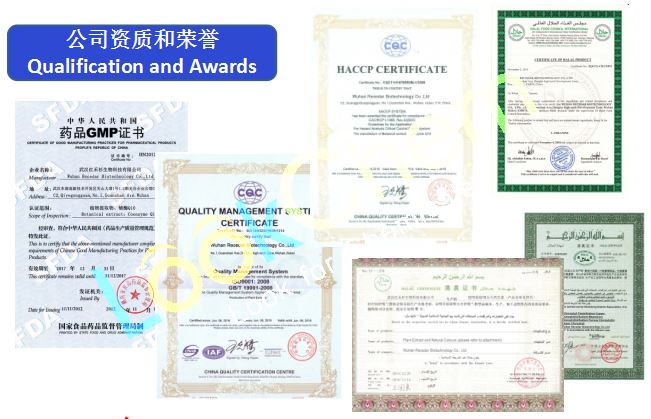Choline chloride
【Product Name】
2-Hydroxy-N,N,N-trimethylethanaminium chloride
【Synonyms】
(2-Hydroxyethyl)trimethylammonium chloride
2-Hydroxyethyl-trimethylazanium chloride
2-Hydroxy-N,N,N-trimethylethanaminium chloride
Ethanaminium
Hepacholine
Lipotril
【CAS】
67-48-1
【Formula】
C5H14ClNO
【Molecular Weight】
139.63
【EINECS】
200-655-4
【RTECS】
KH2975000
【RTECS Class】
Mutagen
【Merck】
13,2226
【Beilstein/Gmelin】
3563126
【Beilstein Reference】
4-04-00-01443
Physical and Chemical Properties Back to Contents
【Appearance】
White crystals. Practically neutral aqueous solution.
【Solubility in water】
Miscible
【Melting Point】
244-247
【Density】
1.205 g/cm3
【Usage】
Medication.
First Aid Measures Back to Contents
【Ingestion】
Never give anything by mouth to an unconscious person. Get medical aid. Do NOT induce vomiting. If conscious and alert, rinse mouth and drink 2-4 cupfuls of milk or water.
【Inhalation】
Remove from exposure to fresh air immediately. If not breathing, give artificial respiration. If breathing is difficult, give oxygen. Get medical aid if cough or other symptoms appear.
【Skin】
Flush skin with plenty of soap and water for at least 15 minutes while removing contaminated clothing and shoes. Get medical aid if irritation develops or persists. Wash clothing before reuse.
【Eyes】
Flush eyes with plenty of water for at least 15 minutes, occasionally lifting the upper and lower eyelids. Get medical aid.
Handling and Storage Back to Contents
【Storage】
Store in a tightly closed container. Keep from contact with oxidizing materials. Store in a cool, dry, well-ventilated area away from incompatible substances.
【Handling】
Wash thoroughly after handling. Use with adequate ventilation. Minimize dust generation and accumulation. Avoid contact with eyes, skin, and clothing. Keep container tightly closed. Avoid ingestion and inhalation.
Hazards Identification Back to Contents
【Inhalation】
May cause respiratory tract irritation. Low hazard for usual industrial handling.
【Skin】
May cause skin irritation. Low hazard for usual industrial handling.
【Eyes】
May cause eye irritation.
【Ingestion】
Ingestion of large amounts may cause gastrointestinal irritation. Expected to be a low ingestion hazard.
【Hazards】
This chemical is relatively nonflammable.
【EC Risk Phrase】
R 36/37/38
【EC Safety Phrase】
S 26 36
Exposure Controls/Personal Protection Back to Contents
【Personal Protection】
Eyes: Wear appropriate protective eyeglasses or chemical safety goggles as described by OSHA's eye and face protection regulations in 29 CFR 1910.133 or European Standard EN166. Skin: Wear appropriate protective gloves to prevent skin exposure. Clothing: Wear appropriate protective clothing to prevent skin exposure.
【Respirators】
A respiratory protection program that meets OSHA's 29 CFR 1910.134 and ANSI Z88.2 requirements or European Standard EN 149 must be followed whenever workplace conditions warrant a respirator's use.
【Exposure Effects】
Low heart rate has been reported with severe poisoning. Seizure and coma have been reported in fatal cases.
【Poison Class】
5
Fire Fighting Measures Back to Contents
【Fire Fighting】
Wear a self-contained breathing apparatus in pressure-demand, MSHA/NIOSH (approved or equivalent), and full protective gear. During a fire, irritating and highly toxic gases may be generated by thermal decomposition or combustion. This material in sufficient quantity and reduced particle size is capable of creating a dust explosion. Extinguishing media: Use agent most appropriate to extinguish fire. In case of fire use water spray, dry chemical, carbon dioxide, or appropriate foam.
Accidental Release Measures Back to Contents
【Small spills/leaks】
Clean up spills immediately, using the appropriate protective equipment. Sweep up, then place into a suitable container for disposal. Avoid generating dusty conditions. Provide ventilation.
Stability and Reactivity Back to Contents
【Incompatibilities】
Oxidizing agents.
【Stability】
Stable at room temperature in closed containers under normal storage and handling conditions.
【Decomposition】
Hydrogen chloride, nitrogen oxides, carbon monoxide, irritating and toxic fumes and gases, carbon dioxide.












